 4 Columns
4 Columns
My pain, whose gain? This week, our editors share an array of past reviews that investigate representations of suffering.
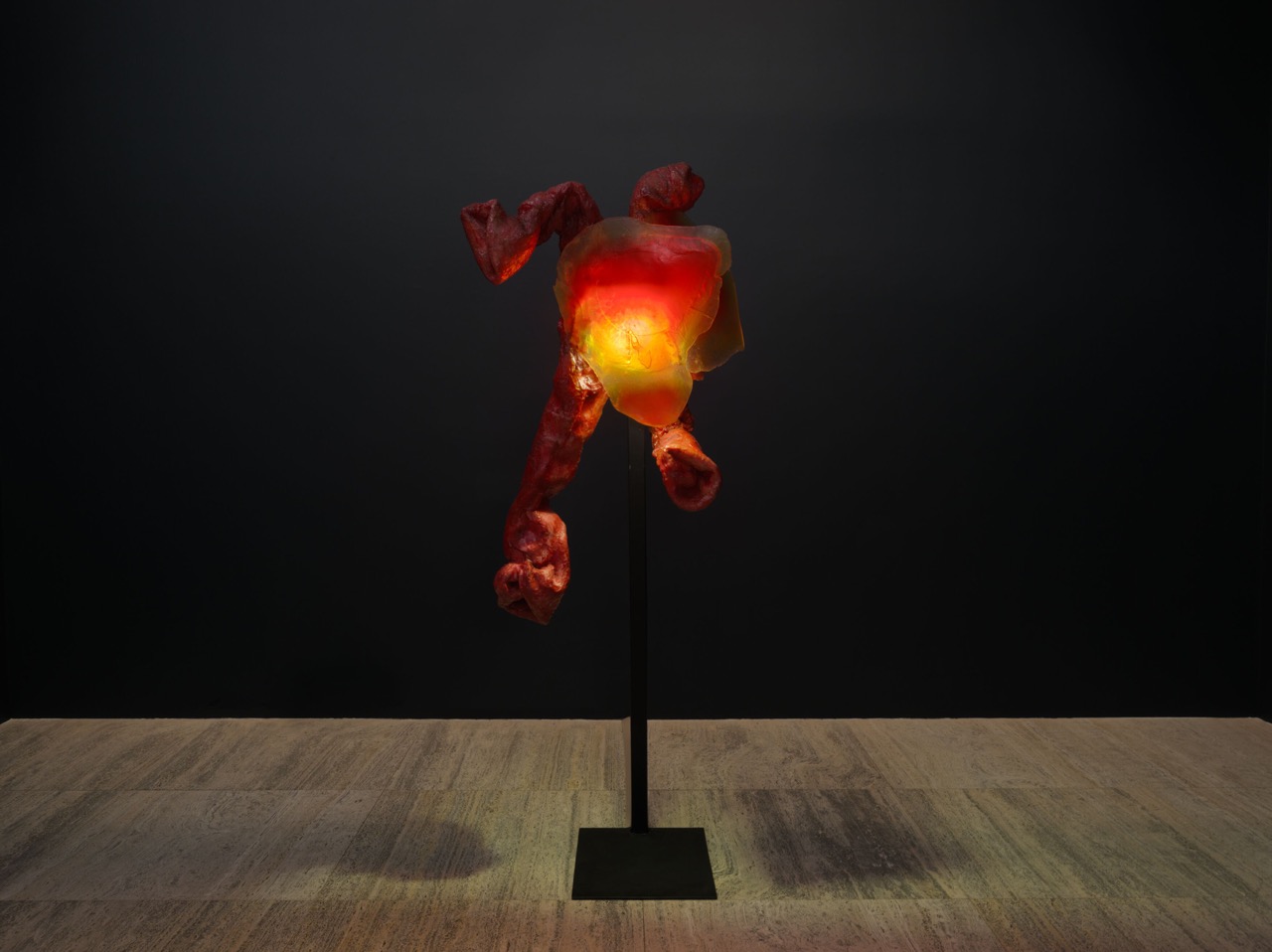
To Exalt the Ephemeral: Alina Szapocznikow, 1962–1972, installation view. © Alina Szapocznikow. Courtesy the artist and Hauser & Wirth. Photo: Genevieve Hanson. Pictured: Caprice-Monster, 1967.
Parul Sehgal’s “The Trauma Plot,” published in the New Yorker last December, is arguably one of the liveliest, most unafraid, baldly provocative pieces of literary criticism penned in recent years. The essay traces the historical contours of trauma’s creep into culture in current times and also forges a passionately partial argument against it: “The trauma plot flattens, distorts, reduces character to symptom, and, in turn, instructs and insists upon its moral authority. The solace of its simplicity comes at no little cost. It disregards what we know and asks that we forget it, too—forget about the pleasures of not knowing, about the unscripted dimensions of suffering, about the odd angularities of personality, and, above all, about the allure and necessity of a well-placed sea urchin.”
Sehgal knew she’d be touching a nerve, and nerves all over the internet immediately throbbed, even frayed, as readers took in the essay and rapid-fired their responses on social media. Yes, trauma narratives can be flattening! Yes, trauma narratives can feel cheap and exploitative! Down with pain as get-out-of-jail-free card! But also—was she telling people (especially marginalized peoples) to just . . . get over it? What does it mean to say representations of pain are . . . inadequate, uninteresting? What power dynamics are at play in such a valuation? (Let us all inspect our moral hemlines as we ponder.)
No matter how receptive, or un-, you may be to Sehgal’s claim, her essay opens onto a fecund field of pressing questions regarding the representation and consumption of suffering. This is terrain that 4Columns’ critics have been excavating for some years now; below, we offer four diverse examples, across media, of some of their findings.
• • •
BLAIR MCCLENDON ON THE UNDERGROUND RAILROAD
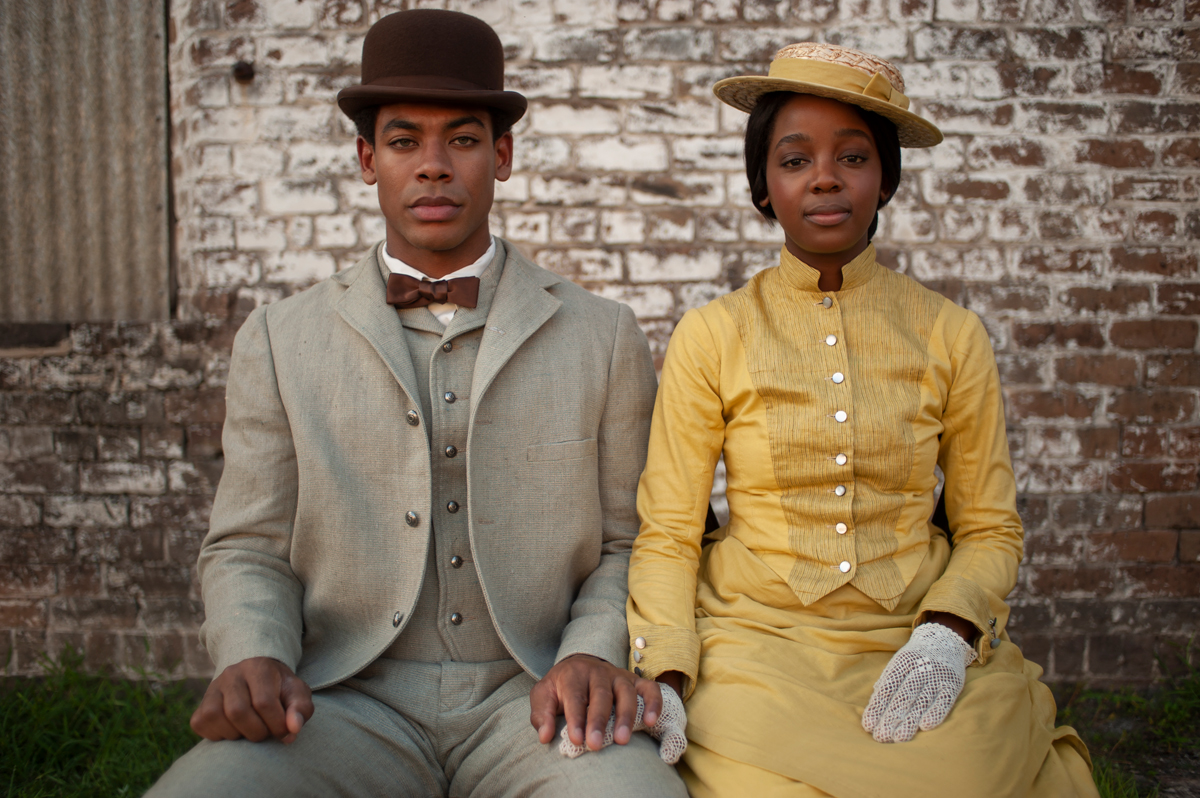
Aaron Pierre as Caesar and Thuso Mbedu as Cora in The Underground Railroad. © Amazon Studios. Photo: Kyle Kaplan.
Variations on “the trauma plot” debate dominated the critical reception of Barry Jenkins’s The Underground Railroad, a serial adaptation of Colson Whitehead’s eponymous novel, released on Amazon Prime in 2021. Detractors of Jenkins’s project found his use of Black trauma pornographic, unnecessary, harmfully reductive. In his 4Columns review of the series, Blair McClendon squarely tackled the problem: “The Underground Railroad arrives at a time when a critical front has taken root against the depiction of Black trauma. Certainly, Jenkins will receive much attention for the great violence people are subjected to on screen. Slaves are beaten, tortured, burned alive, and hung. Crosses line a road, waiting for the return of runaways,” he acknowledges.
But the critic offers a bracing argument for the necessity of Jenkins’s work—which is notable, in McClendon’s eyes, for its profound, deeply researched cinematic sensitivity and ambiguity. “I wonder what would happen if we had a cinema that refused to show the abrasions left by the nation’s history in favor of a vacuum-sealed joy,” he writes. “That would be not dissimilar to a recent linguistic intervention aimed at doing away with the word ‘slave’ in favor of ‘the enslaved.’ It is a noble attempt to force the culpability back on the part of our ancestors’ captors, but it is unclear to me who is saved this way. I come from a long line of slaves. As Barry Jenkins noted in a profile for Vanity Fair, ‘the shame is not ours.’
There is pain, great pain, in The Underground Railroad, but it is not a horror film, as most slave films are. There is Black trauma on the screen because there is Black trauma in our history and our lives. There are also two people standing in a field, dancing on the edge of falling for each other, the sun’s rays now and again peeking past their heads and blotting out everything but their outline. The shame is not ours. It is what comes after that, outside of it, that belongs to us.”
• • •
ANIA SZREMSKI ON ALINA SZAPOCZNIKOW
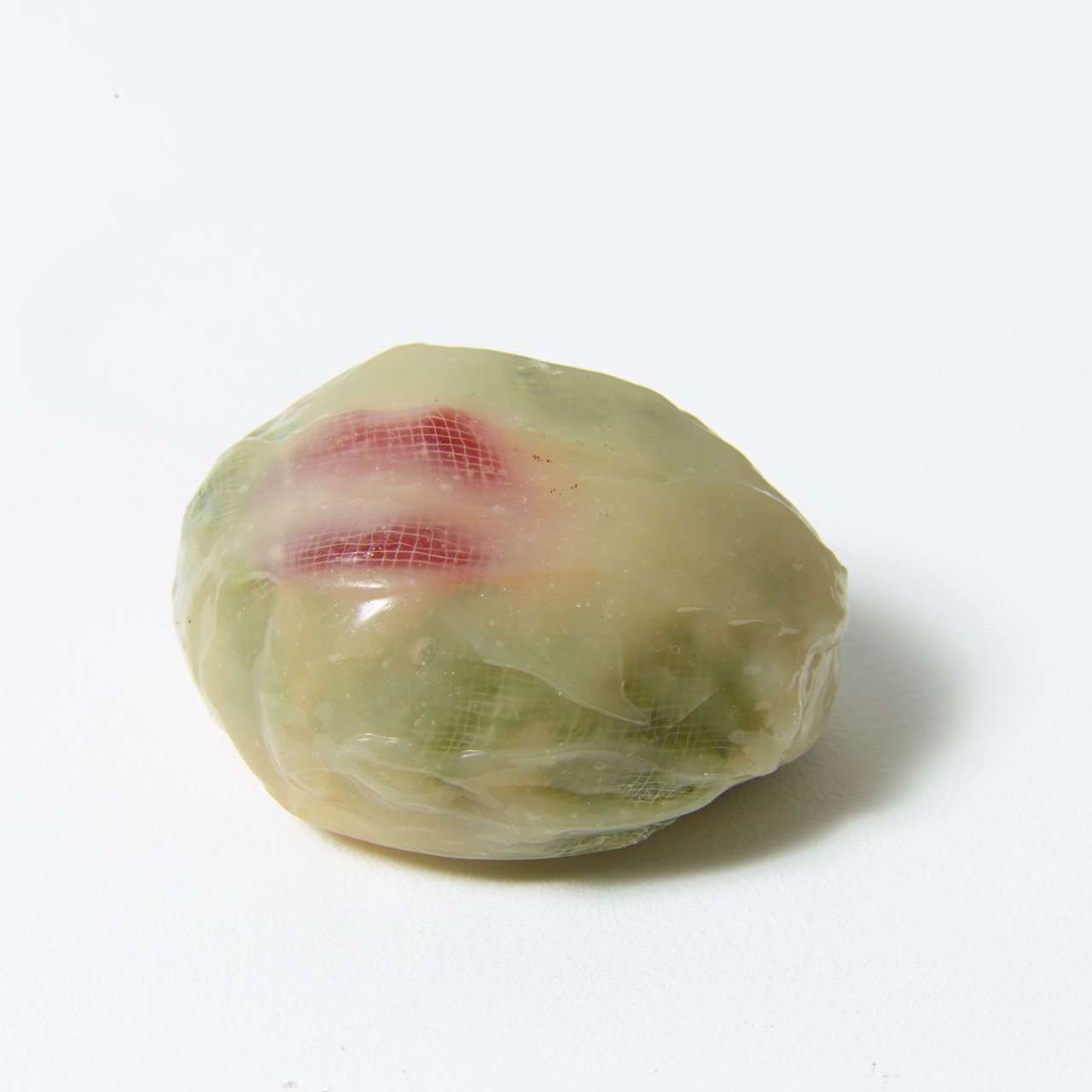
Alina Szapocznikow, Tumor, 1970. Colored polyester resin and gauze, 1 3/4 × 2 1/2 × 3 1/8 inches. © ADAGP. Courtesy the Estate of Alina Szapocznikow / Piotr Stanislawski / Galerie Loevenbruck / Hauser & Wirth. Photo: Fabrice Gousset.
When 4Columns senior editor Ania Szremski set out to write about Polish artist Alina Szapocznikow on the occasion of a major exhibition of her works at Hauser & Wirth in 2019, she was confronted with another historical trauma-complex that gives rise to similar questions as the ones McClendon was grappling with. But to Szremski’s view, at least when it comes to Szapocznikow, an overemphasis on trauma can indeed be pornographically, stranglingly reductive, to ultimately patriarchal ends.
The Polish sculptor, who spent her girlhood in concentration camps, then fled the postwar, anti-Semitic Communist state for Paris, then died from breast cancer when she was only forty-six, “is often presented as simply a figure tortured, and her work, however funny and sensual it may sometimes be, as forensic evidence of her tragedy,” Szremski writes. “Critics, art historians, and curators have been intent on sniffing out brutal truths, elaborating a hermeneutic of pain that has come to stand in for Szapocznikow’s art. She could not give voice to her trauma, but it’s embodied in her work, many have insisted, from early champion Pierre Restany’s writings declaring her passion for life and her art’s eroticism as intrinsically bound to her misfortune, to feminist art historian Griselda Pollock’s 2011 essay on Szapocznikow’s art as an encounter with trauma, to the framing provided by the curators who spoke at the press preview” for the H&W show.
Can you ever separate the biography from the artist? Maybe you can, maybe you can’t—but male artists tend to get the benefit of the doubt in this arena, Szremski argues. She notes “how critics and art historians have often defied convention and insisted on referring to Szapocznikow by her first name, Alina, as if she were a little girl. To foreground her trauma above all else is to risk a similar infantilizing, as if to suggest she were a helpless prisoner of her own personal experience. Sometimes it seems that in the hurry to bring more women into ‘the canon,’ there’s an over-articulation of their collected harms, as if women are easier slid into history when they’re slicked up with the sheen of victimhood. Szapocznikow’s vision was much grander and more triumphant and more hilarious than that.”
• • •
MEGAN MILKS ON BODY WORK
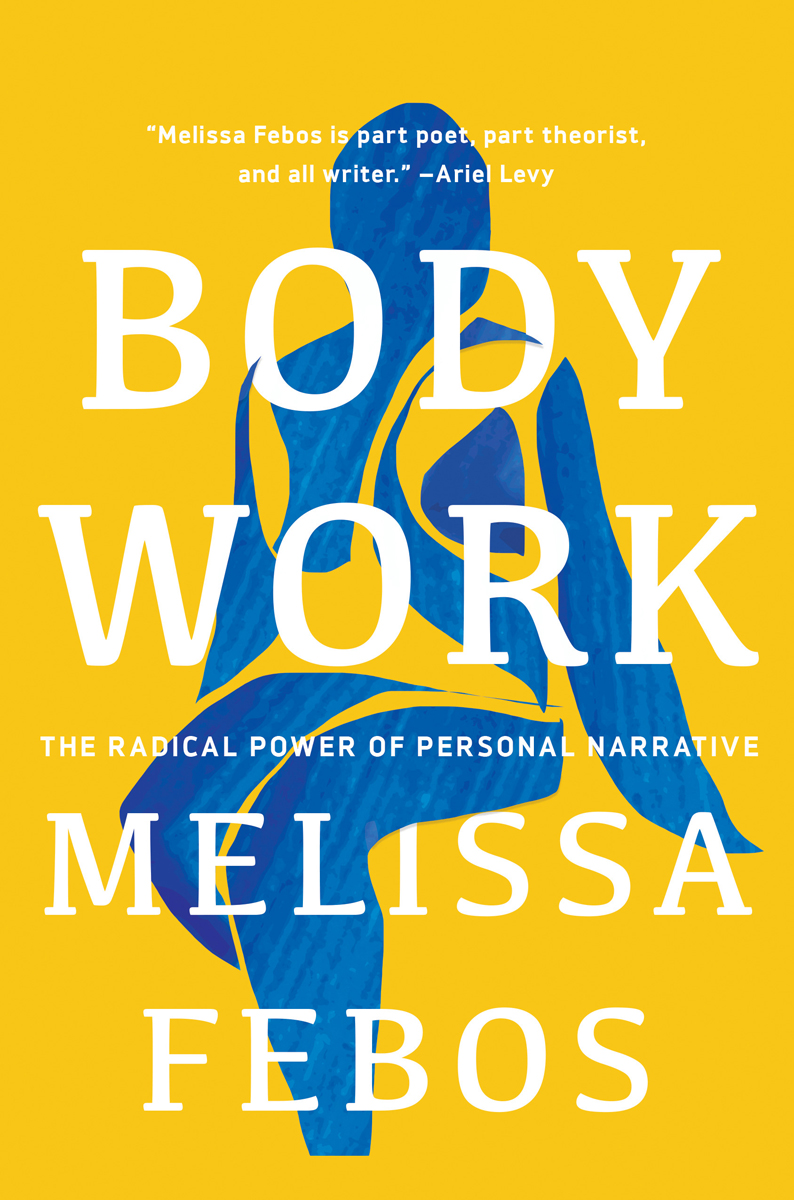
Essayist Melissa Febos dives straight into the trauma-plot debate in her latest book, Body Work, reviewed for 4Columns earlier this year by Megan Milks. In it, Febos, writing through a piercingly feminist lens, focuses on “the politics of narrating trauma” and “the contempt for ‘confessionalism,’ ” particularly in regards to the changing appetites of the publishing industry when it comes to writing by women. If Szremski found the trauma plot overdetermines the work of women artists like Szapocznikow, Febos makes a vociferous counterargument for women to go ahead and put their trauma narratives front and center, maintaining that they are urgently “subversive.”
In an essay first published in 2017, responding to “the then-recent (still operative) shift in publishing from trauma hunger to trauma fatigue,” Febos’s “objection to the claim of exhaustion, here represented by a male editor who suggests ‘I’m not sure we need any more of those stories,’ is as forceful as it is forthright: ‘the resistance to memoirs about trauma,’ she posits, ‘is always in part—and often nothing but—a resistance to movements for social justice.’ Febos is appealing to a general literary audience, her goal to grant writers, especially women, permission to tell their stories. She does so deftly and persuasively.” Milks is sympathetic to and appreciative of Febos’s reasoning here, yet they also “wanted to see her get more complicated—for example, to consider the trauma fatigue expressed by queer and trans and BIPOC writers, which arguably stems from elsewhere: e.g., from a resistance to decades of the publishing industry’s desire for their suffering.”
• • •
HARMONY HOLIDAY ON KENDRICK LAMAR
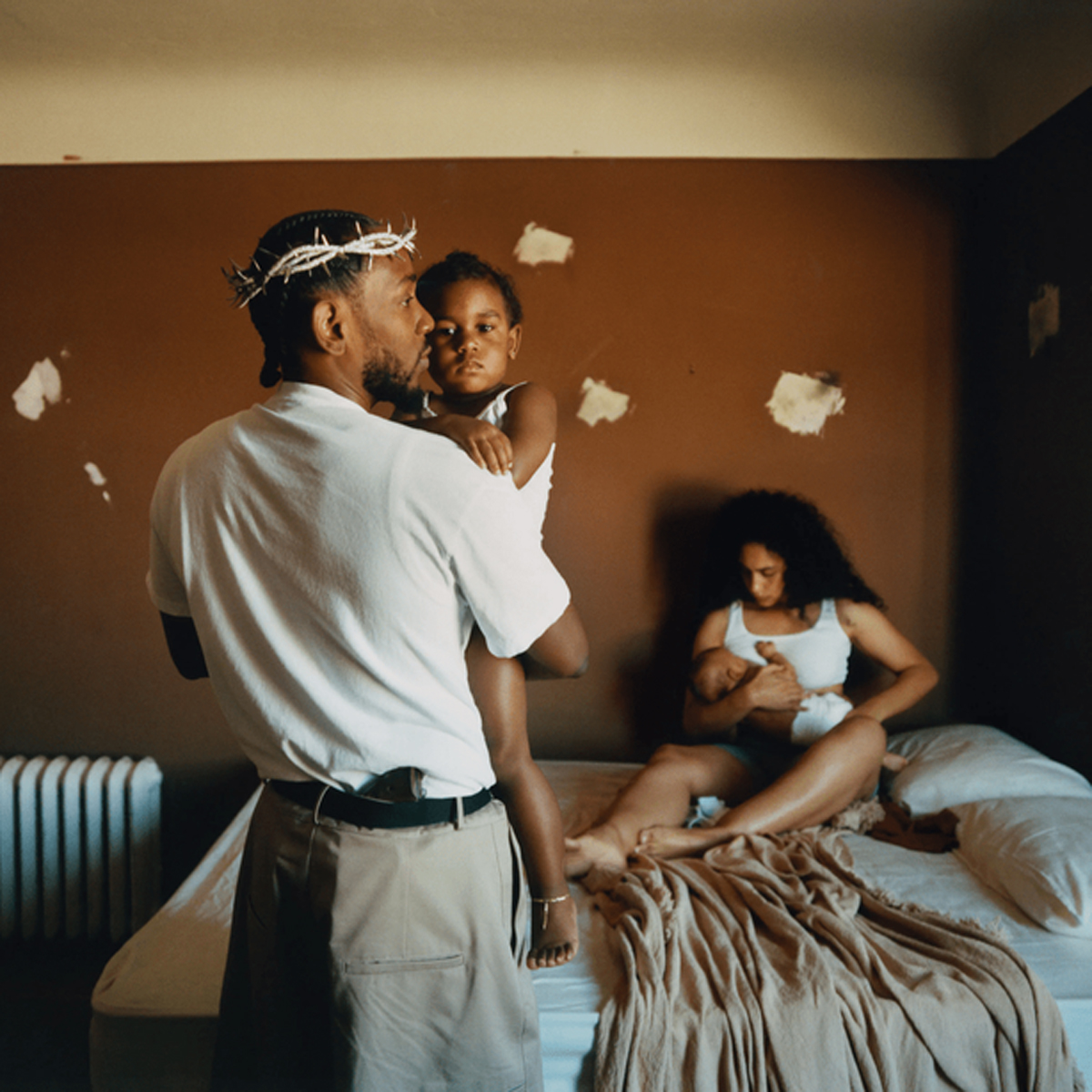
Album cover art for Mr. Morale & the Big Steppers. Courtesy pgLang / Top Dawg Entertainment / Aftermath / Interscope Records.
We’ll end our brief list with a consideration of trauma and its (self-)representation in the field of rap—for such is the great theme of Kendrick Lamar’s notorious latest album, Mr. Morale & the Big Steppers, reviewed for the magazine by Harmony Holiday. “Dejected piano bars replace beats throughout the album, separating dramatic acts. Lamar raps to outwit and surrender to both trauma and privilege simultaneously,” she opens.
In this instance, though, the trauma is not historical or something imposed on the work by critics, but a personal trauma Lamar insists on foregrounding—it’s a mood, an aesthetic, a challenge to work through. “He becomes intentionally reckless. He’s disoriented. He wants to be the worst man in the world,” Holiday writes. The brutality Lamar unleashes in some of his lyrics led to an almost-instant dismissal of the entire album by hurt, disappointed fans. His personal trauma was insufficient excuse for what they heard to be abuse.
Holiday, though, insists on listening through the offense, on taking the record seriously, on sussing out what Lamar was doing in figuring his trauma in this way. “On Mr. Morale he laments inherited dysfunction,” she finds. “In the past he’s reveled in the pleasure of his many wounded selves lyrically, giving each one a cadence and a heartbeat. Here he’s punishing and ascetic, denying himself the momentum of those sonic hiding places. The sunken sound is the sound of pathologizing his past, and penance, a blues hue where the dalliance once lived in his vocal tone. . . . Mr. Morale is the muse who tries to be inadequate on purpose so you’ll get over him. It backfires, now we’re trauma-bonded to a rebel poet we can’t quite pin down, a star with no pattern but light.”
Searching the 4Columns archives for trauma-plot debates yields far more results than we have room to include in a single summer missive. This is, as Sehgal intuited, one of the pressing critical issues of our times. But even a surface sampling of how this extended question has worked through such diverse reviews starkly foregrounds the fact that no matter how persuasive Sehgal’s thesis may be, there is no universal rule for how we should fashion our pain.